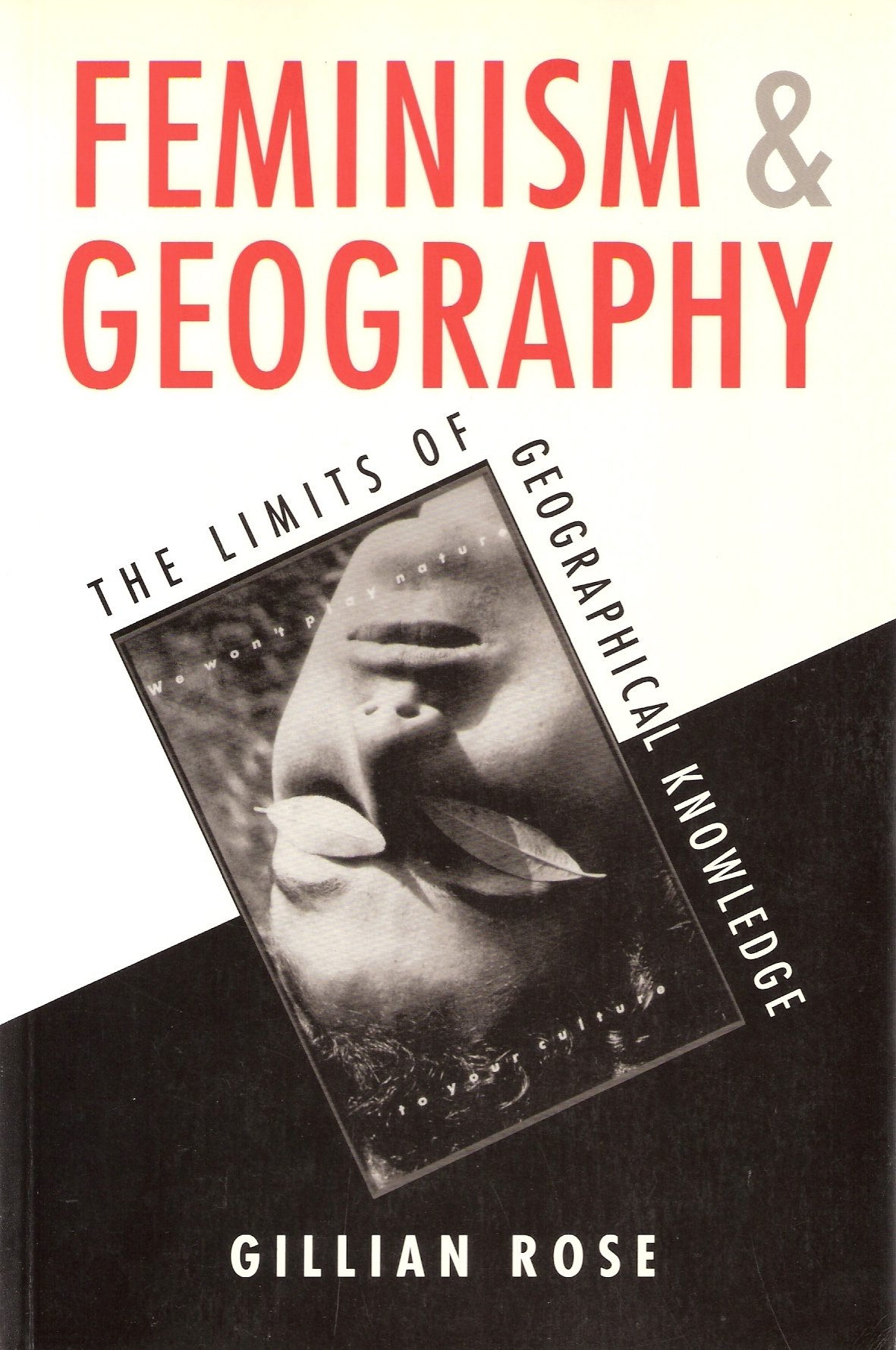Travelling as an activity has been seen as overtly masculine. This was not something which the women were traditionally supposed to do. Comparative literature scholar Susan Bassnett says that the male narratives show women as the objects of desire or destination points rather than active co-travellers. But in this article, we shall see how women still travelled in both Indian and European contexts.
The underlying impression gained from the travelogues of European women is that the women travellers were somehow in flight and were seeking an escape from the constraints of their family and society, which was orthodox and restraining. Women travellers are often presented as the ones who had been able to break free of the constraints of contemporary society and had realised their potential.
If we talk about the European scenarios, women travellers are categorised as doubly different: they differ from other more orthodox, socially-conformist women. And also, from the male travellers who travelled to discover more about their own masculinity. The underlying impression gained from the travelogues of these women is that the women travellers were somehow in flight and were seeking an escape from the constraints of their family and society, which was orthodox and restraining.

Also read: Womxn & Flânerie: Daring To Wander & Own The Streets Of A City Off-Limits
Women travellers are often presented as the ones who had been able to break free of the constraints of contemporary society and had realised their potential. Women who did not like the constraints of domesticity could find escape through travelling.
In her study ‘Feminism and Geography’, Gillian Rose examines the distinction between public and private spaces for women, and she argues that the belief that everything is knowable and mappable is fundamentally a patriarchal concept: there is no part of the planet, no society so distant that it cannot be mapped, described and hence contained. But the feminist concept of geography sees the world differently: here the goal is not to map every detail, but to reinsert a physical dimension into the discourse, to engage with the everyday as an end in itself, not as a means to a different end.

Rose draws upon French feminist theory to introduce the notion of the female body. The fluidity and viscosity of the female body is contrasted with the linearity and solidity of the male body. Traditional mapping is therefore perceived as an inherently male act, since the intention is to circumscribe, define, and hence control the world. For feminists, an alternative mapping consists of tracing patterns from the most banal and trivial everyday events to create identifiable structures outside patriarchal control.
Women travellers had, then, to write about their experiences from within a tradition that denied them a role, for if the image of the coloniser or the man who travelled to the foreign land is sexualised as a man raping virgin lands, then a woman from the colonising culture is effectively erased.
Yet women did travel in all kinds of roles–as wives, sisters, daughters of missionaries, diplomats or envoys seeking to prove something to themselves, as individuals in search of the unexpected, or of leisure or instruction, alone or accompanied, for personal or professional reasons. These women travellers who wrote about their travels have not been silenced, but have chosen to write about their experiences in full knowledge of the absence of a tradition into which they could insert themselves with any degree of comfort or familiarity.
In the circumstances of the paucity of the female voice and its representation in the seventeenth-century, European travel narratives present several cases of women travellers. In the descriptions of the travel/author, images of women travellers are seen to emerge as snapshots–at times linked to the context of the narration of incidents and at other times as disjointed memories–providing us with several instances to analyse the gender dimensions of the seventeenth century in the subcontinent.
All the above arguments have been described in the European scenario. Now, we shall talk about the travel and its relation to gender during the Mughal period.
According to Rekha Mishra, the women of the Mughal period occupied themselves in many leisurely activities. Excursions, hunting expeditions and pleasure trips being some of them. The Mughals had a peculiar habit of taking their wives with them on fighting expeditions. In 1539, when Babur had a fight with Sher Shar in the Battle of Panipat, the royal harem suffered losses and many Begums who had accompanied him were killed.
There are many examples of Humayun taking his Begums to sightseeing to gardens and buildings. In 1550, Humayun with Bega Begum, Mah Chuchak Begum and Hamida Banu went to see the Orange gardens. In the same way Akbar also took his ladies to visit places. The examples during Jahangir’s time are plenty. They went with Jahangir to Kabul and Shahr-ara Gardens. Jahangir went on hunting trips with Nur Jahan. Aurangzeb took Roshnara along with him once on a trip.
There are many instances of the Mughal women travellers: travelling for pilgrimage, especially to Mecca, Medina or shrines of saints. Bega Begum later became Haji Begum as she had gone to Mecca. Then again in 1575, Gulbadan Begum, Salima Begum, Haji Begum and many others went to Mecca.
There are many instances of the Mughal women travellers: travelling for pilgrimage, especially to Mecca, Medina or shrines of saints. Bega Begum later became Haji Begum as she had gone to Mecca. Then again in 1575, Gulbadan Begum, Salima Begum, Haji Begum and many others went to Mecca. There are also narratives of Jahanara Begum and Gulbadan Begum going to the Dargah of Sheikh Muinudddin Chishti.

Jyotsna G. Singh has written about Gulbadan as a traveller and biographer. She says that in the travel narratives of the Mughal period, the instances of gender representations are quite common. Gulbadan Begum, who was the aunt of emperor Akbar has written Humayun Nama and in it, wrote a vivid and detailed picture of the turbulent years of the conquest of Hindustan (India) by her father and later rule by her brother.

Interesting topics and events in her account include border-crossings from Kabul to Indian cities such as Lahore, Agra, and Fatehpur Sikri; various military campaigns by the rulers; and the complex kinship structures of the Muslim aristocracy. Gulbadan’s narrative is quite different in telling the world about an early modern Islamic kingdoms and cultures from a Muslim woman’s perspective. And, most importantly, it offers a non-European perspective.
Ruby Lal also talks about Gulbadan’s narratives. Gulbadan’s travels in this world from Kabul to cities in Hindustan such as Agra, including a journey to Mecca in between, produce nuanced, gently gendered accounts of varied “cross-border relationships, affiliations, and social arrangements” that resulted from the sweeping thrust of early Mughal conquests. Gulbadan’s memoir captures this sense of almost nomadic movements into unstable and unfamiliar territories and depicts as well the beginnings of a new empire that implanted itself in Indian for posterity.
Also read: Women In The Streets: Walking Through History, Literature And Activism
The conquest of the new land resulted in both a sense of displacement and of fluid boundaries for the conquerors and their kin. Gulbadan’s memoir captures the personal dimensions of this displacement, but, her account does not offer details of the new land. Instead, we learn how the Mughals brought with them their existing kinship networks and relations. Gulbadan’s accounting of these journeys show a narrative based on the feminisation of the subcontinent that had started in literary representations of the seventeenth century as well.
In both the cases, of how travel is related to gender in Europe and Asia, we see examples of how the conquered land is seen as feminine and virgin which is to be appropriated by the conqueror. Fertile landscape which lies unconquered and therefore ‘unappreciated’ is so often repeated in the description of several regions by the travellers.
In both the cases, the conquests are so masculine and highlighted to become heroic tales of men.
I am a postgraduate student from the University of Delhi. I did my graduation in History from Lady Shri Ram College for Women. I like to read old English classics, historical fiction and feminist poetry. I love to read poems by Sylvia Plath and Amrita Pritam. I like to cook. I love to research and write about politics, culture, cinema and society. She can be found on Instagram and Facebook.




